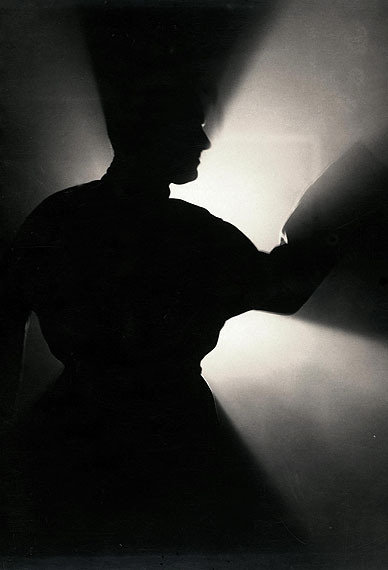Two exhibitions
dal 23/9/2010 al 15/1/2011
Segnalato da
23/9/2010
Two exhibitions
Photo Museum - FoMu, Antwerp
Boris Becker / Willy Kessels

Boris Becker
Photographs, 1984-2009
Boris Becker (°1961) is considered one of the most prominent representatives of contemporary German photography. Together with other names such as Andreas Gursky, Axel Hütte, and Thomas Struth, he belongs to a generation of photographers who reworked the detached style of their renowned teachers Bernd and Hilla Becher into a personal yet still highly characteristic visual language. Boris Becker, 1984-2009, the first solo show of the artist in Belgium, traces an overview of Boris Becker’s body of work – from the early 1980’s to the present – and presents images from his most well-known photo series: Bunkers, Houses, Constructions, Fields and Landscapes, Fakes and Artefacts. In his imposing, almost dazzlingly detailed colour pictures of isolated structures, landscapes, and objects, Becker investigates how photography continually balances on the edge between the exact representation of reality and an autonomous visual practise that does not reproduce reality but rather transcends it.
This project was organized in cooperation with Die Photographische Sammlung/SK Stiftung Kultur, Cologne, and Landesgalerie Linz at the Oberösterreichisches Landesmuseum.
------
Willy Kessels, 1930-1960
Willy Kessels (1898-1974) is considered as one of the most important representatives in our country of a new, ‘modernistic’ photography which came to the foreground from the end of the 1920’s onward. His body of works is particularly illustrative of the practise of the professional photographer in the 1930’s. He was active in many diverse fields: reportage and publicity, fashion and portrait, architecture and industry, nude studies, collages, and abstract experiments…
In 1932, Kessels was involved in the organisation of the first “Internationale Tentoonstelling voor Fotografie en Cinematografie” (International Exhibition of Photography and Cinematography) in the Palace of Fine Arts in Brussels. In 1933 he produced stage photos of the communist-inspired documentary movie “Misère au Borinage” by Joris Ivens and Henri Storck. A mere two years later, in 1935, he made friends with Joris Van Severen en produced photo and film reportages for the Verdinaso. During the war, Kessels was involved in the founding of the artists’ association “De Meivisch” in Bornem, and photographed the Scheldt countryside and its inhabitants intensively. Kessels was tried as a collaborator after the war.
In the 1950’s he resumed his commercial activities. During this period, his publicly presented works were limited mainly to a number of photo books about his native area, the Scheldt country.
In these works, Kessels seems to have abandoned modernism, although he kept on experimenting with abstractions and unorthodox printing techniques in the seclusion of his studio.
-----
Caroline Alida - Bori
Healers of the Soul
until 14 November 2010
Caroline Alida’s portraits present an intimistic view of the Bori, a particular type of African shamans. (The) Bori practise an animistic cult in which the (often female) priests function as seers and healers. The photographer made repeated and lengthy visits to different areas in Niger, where she managed to establish a strong contact with these people. The Bori are all photographed in their own Habitat. The sober, often dark black and white portraits have been stripped of all superfluities, and in this way evoke a contemplative atmosphere.
Image: Willy Kessels, Self-portrait, backlit, cover image exposition internationale de la photographie, Palais de Beaux-Arts, Bruxelles, juillet 1932 © Willy Kessels
FotoMuseum
Waalse Kaai 47 - 2000 Antwerp Belgium
Opening hours: Tues-Sun 10am-6pm
special opening hours for the Christmas holidays



